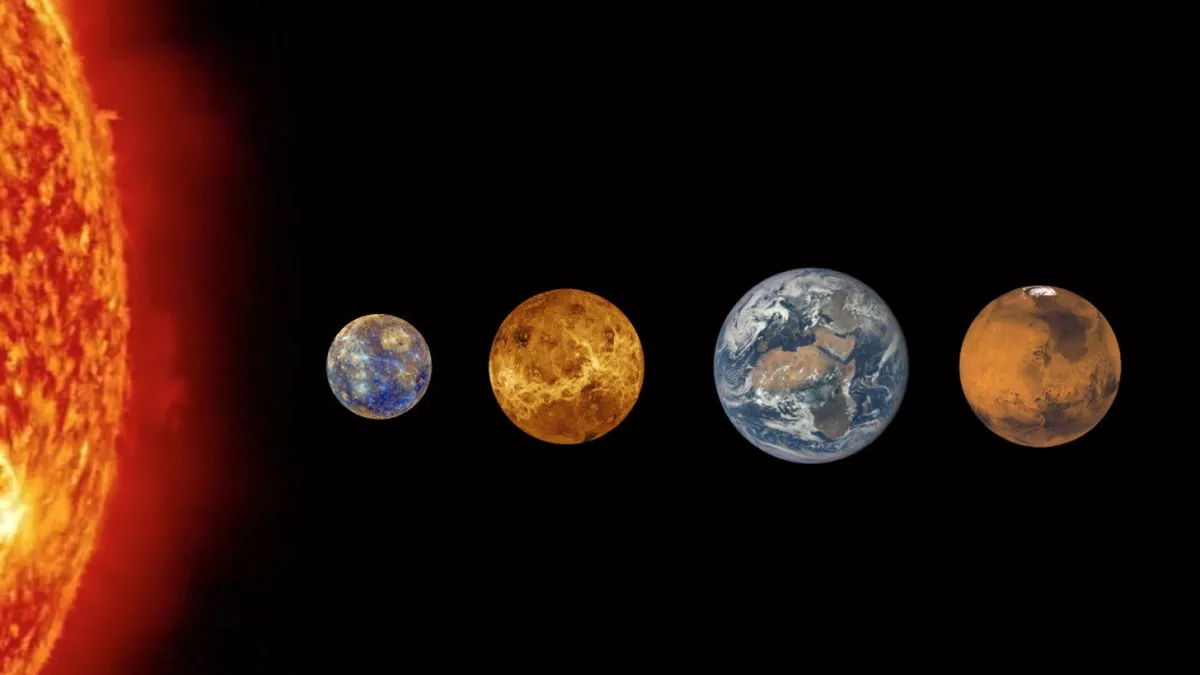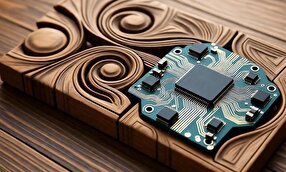Young Stars Feed on Chaos to Build Planets

This process, Bondi-Hoyle accretion, solves long-standing mysteries and could influence where habitable planets can form, the journal Nature Astronomy reported.
A surprising new study is turning our understanding of planet formation on its head. Led by Paolo Padoan, a research professor at the Institute of Cosmos Sciences of the University of Barcelona (currently on leave at Dartmouth College), the research shows that young stars don’t just lose material from their planet-forming disks — they can actually gain it back.
The study reveals that the environment around a star, especially the gas and dust in its birth cloud, can dramatically influence the size and lifespan of the disk where planets begin to take shape.
When stars are born, they’re surrounded by a swirling disk of gas and dust that eventually forms planets. Until now, scientists believed these disks mostly shrink over time as they feed the growing star and its planets. But this new research shows that stars can pull in extra material from their surroundings through a process called Bondi-Hoyle accretion, which helps rebuild and expand their disks.
“Stars are born in groups or clusters within large gas clouds and can remain in this environment for several million years after their birth,” says Paolo Padoan, first author of the study.
“After a star forms, its gravity can capture more material from the parental gas cloud, which is not enough to change the star’s mass significantly but enough to restructure its disk.”
To figure out how this works, Padoan and his team explored the chaotic motion of interstellar gas, which turns out to be key in determining how much material a star can draw in and how it affects the disk’s spin and size.
“To understand what mass can attract a star with this Bondi-Hoyle accretion, and the spin and size of the disk induced by the new material, some fundamental properties of the chaotic motion of interstellar gas, known as turbulence, would have to be modeled and understood,” Padoan adds.
The study demonstrates that Bondi-Hoyle accretion can provide not only the mass but also the angular momentum needed to explain the observed sizes of protoplanetary disks. This revised understanding of disk formation and evolution resolves long-standing observational discrepancies and forces substantial revisions to current models of disk and planet formation.
Professor Padoan’s team used advanced computer simulations and analytical modelling to explain the size of the protoplanetary disks measured by ALMA, the world’s most powerful radio telescope. The combination of theoretical models and empirical data provided a solid framework for understanding the complex interactions between young stars and their environments.
“Comparing the observable data from the simulations with real observations is crucial to validate the simulations,” says ICUCB researcher and team member Veli-Matti Pelkonen. “However, simulations allow us to go beyond the observables to the underlying density, velocity, and magnetic field structures, and to follow them in time. In this study, using simulation data, we were able to show that Bondi-Hoyle accretion plays an important role in late-stage star formation by increasing the lifetime and mass reservoir of protoplanetary disks.”
“With the increase of the computing power of supercomputers, we will be able to model even more complex physical processes in simulations, further increasing the fidelity of the simulations,” continues Pelkonen. “Combined with the new and powerful telescopes (such as the James Webb Space Telescope and ALMA, doing unparalleled observations of newly formed stars), these advances will continue to increase our understanding of star formation.”
The implications of this study extend beyond the formation of stars and planets. Understanding the role of the environment in disk formation could also shed light on the conditions necessary for the formation of habitable planets. This could have profound implications for the search for life beyond our solar system.
4155/v





















